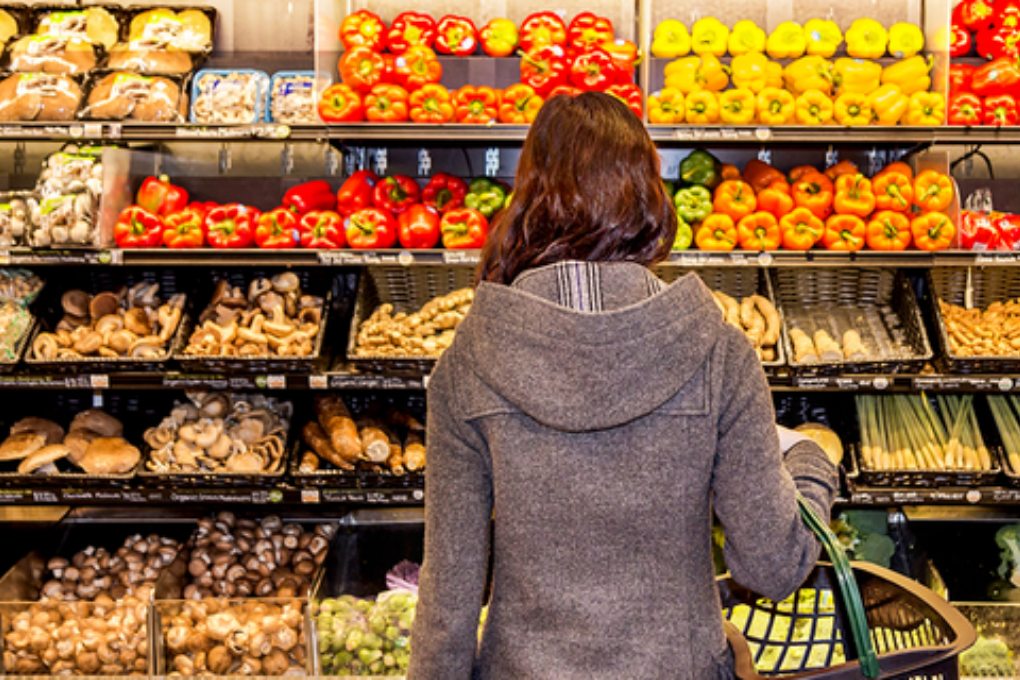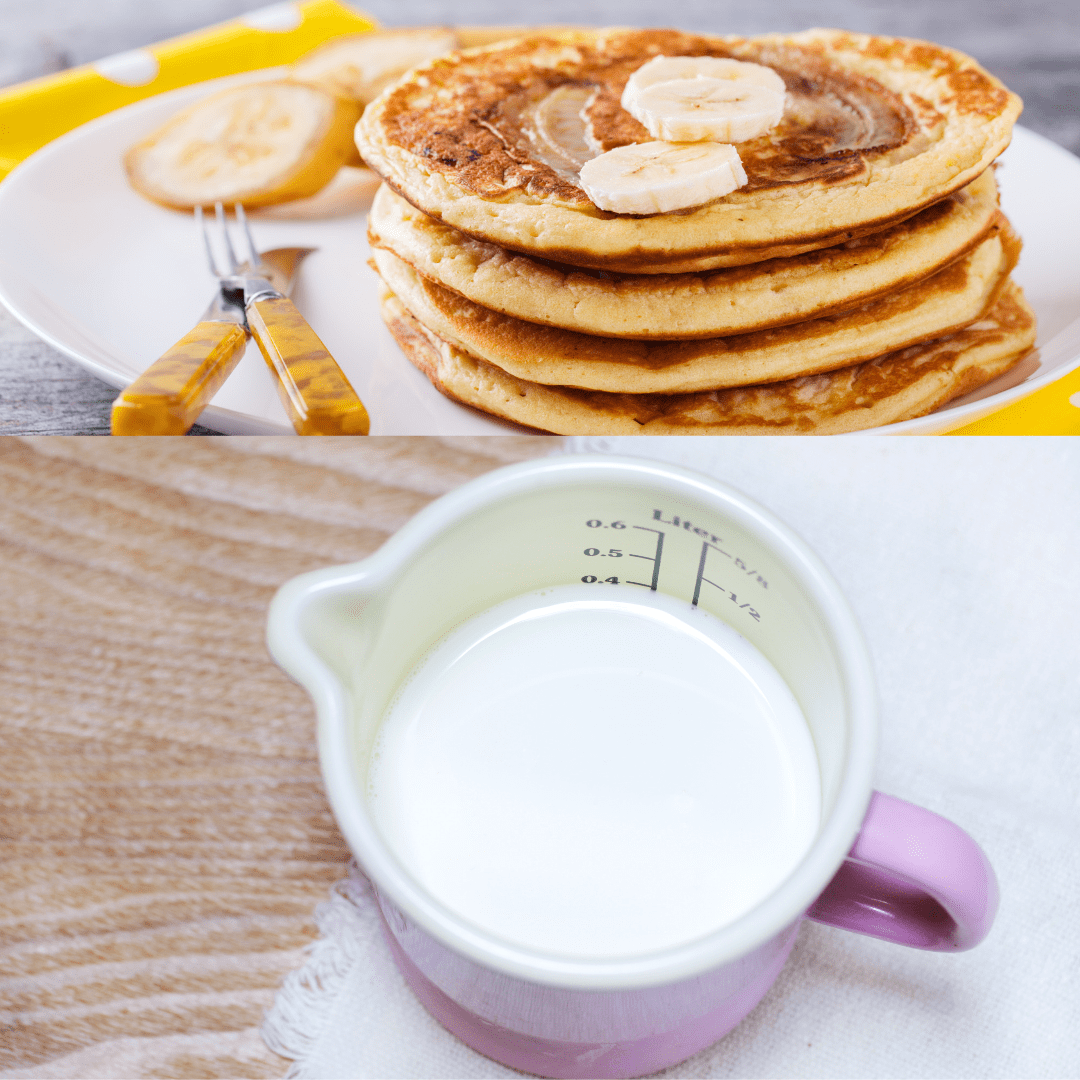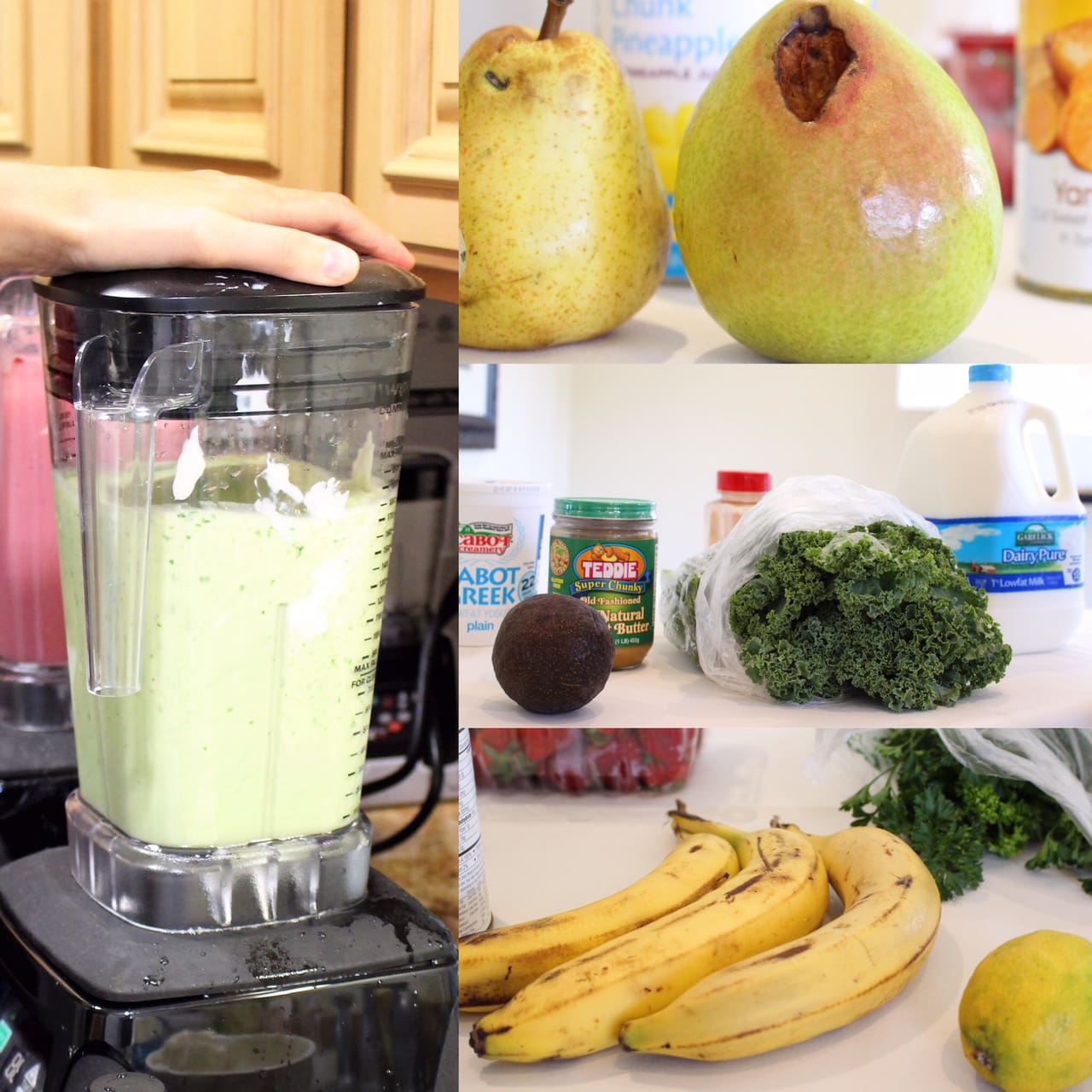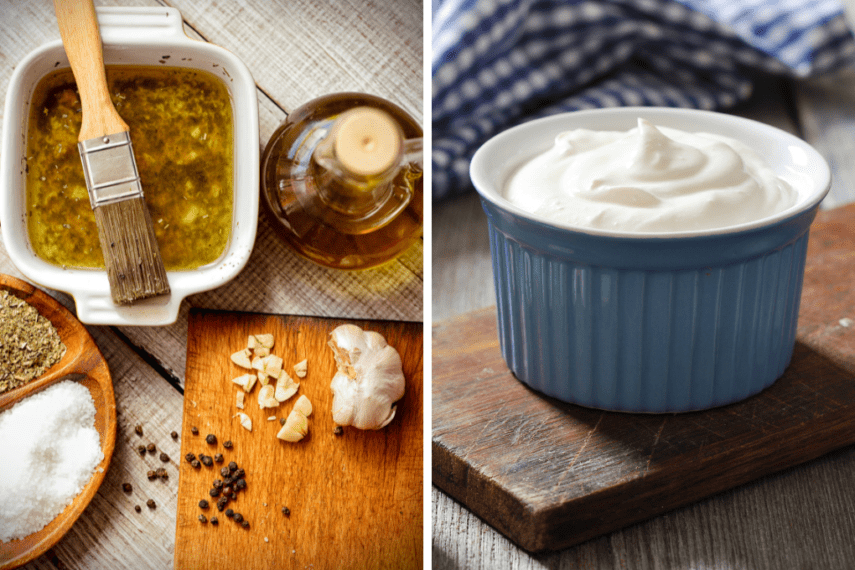
Tis’ the season for giving, decorations, and a lot of our favorite foods. But as a result, it’s also a time for a spectacular amount of waste. Did you know that about 40% of food in the U.S. is wasted?
As we prepare for the holiday season, here are some tips to help reduce the amount of food we waste and how we can better honor the harvest:
1. Understanding Date Labels
Experts agree that shoppers are confused about the dates printed on foods. For instance, “best by”, “use by”, “sell by”, and expiration date labels are a key cause of the high and rising rates of waste in the U.S. Also, almost all of those printed dates represent a manufacturer’s estimate on when their food’s taste and texture will start to degrade.The lone exception is “sell-by,” which tells retailers how long to display their items, but also doesn’t denote when the food will go bad. In the U.S., date labels are not safety labels…they’re used to indicate quality.
CAN IT GET ANYMORE CONFUSING?
Let’s Break it Down:
- The “sell by” date tells the store the last day they should sell that specific item. Often products can be eaten days, weeks, or even months after those dates, depending on the product. You are more likely to see this label with products like eggs, dairy, and meat.
- The “best if used by” date is not a safety-related date, but instead is the recommended date for best flavor or quality. You are more likely to see this label on things like crackers or chips. Even if the “best if used by” date has passed on a food you have at home, it should be safe if stored and handled properly.
- The “use by” date is the last date recommended for use of the product at peak quality according to the manufacturer. While this isn’t always black and white—it’s best to stick to this date with products like meat, but with products like dairy, your slightly sour milk doesn’t always need to go down the drain.
Check out this great infographic guide from the Cleveland Clinic you can print out.
2. Rethink the Sniff Test
Even when your milk starts to smell a bit off, it’s still safe to cook with. You can use it as you would buttermilk in pancakes, waffles, and baked goods.

3. Remix Those “Ugly” Fruits and Veggies:
I know I’m guilty of letting produce sit in the back of a crisper drawer too long, and once I finally find it, it’s all wilted. So is there still hope for sorry-looking vegetables and not so elegant fruit?
Yes! One of my favorite ways to use older fruits and veggies is in a smoothie.

Need a recipe? Click here.
Given smoothies may not be the most seasonal drink right now, (I love them all year long) here are some other ideas for using “ugly” fruits and veggies:
- Winter stew or soup
- Quick stir fry
- Egg frittata
As we prepare for upcoming holiday celebrations, the simple changes we make, such as using food responsibly and donating excess to the hungry, can help make the holiday season more plentiful and hunger-free for all.
New England Dairy Registered Dietitian Heidi Harkopf shares tips on reducing food waste with holiday leftovers.



